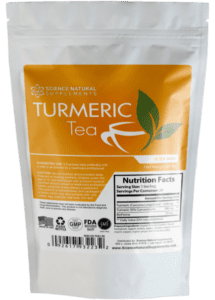Home » A Marketer’s Ultimate Guide to Custom Packaging
A Marketer’s Ultimate Guide to Custom Packaging
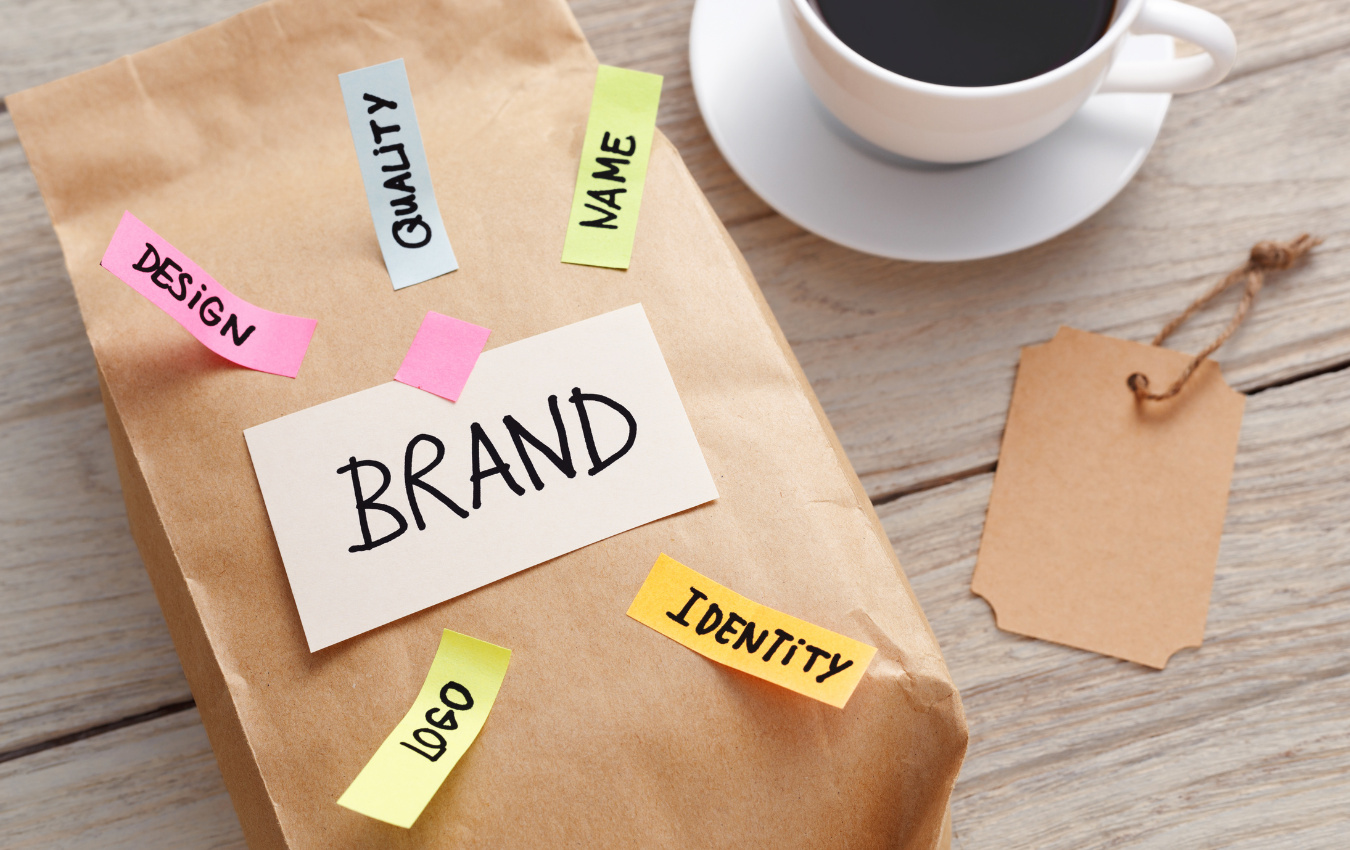
In the world of marketing, custom packaging has emerged as a powerful tool for brand differentiation and delivering unforgettable customer experiences. It’s more than just a container; it’s a canvas to convey your brand’s essence and captivate your audience.
In this comprehensive guide, we’ll explore the key considerations for marketers when it comes to custom packaging, focusing on elements that will truly resonate with your target audience.
Defining Your Brand Identity and Message
Begin your custom packaging journey by immersing yourself in your brand’s identity. Understand its personality, values, and the narrative you wish to convey. Custom packaging serves as a visual extension of your brand, ensuring that your messaging and identity remain consistent and compelling.
Budgeting Wisely
Establish a realistic budget for your custom packaging project. Costs can vary depending on factors such as materials, design complexity, and quantity. A well-defined budget will streamline your options and guide cost-effective decision-making.
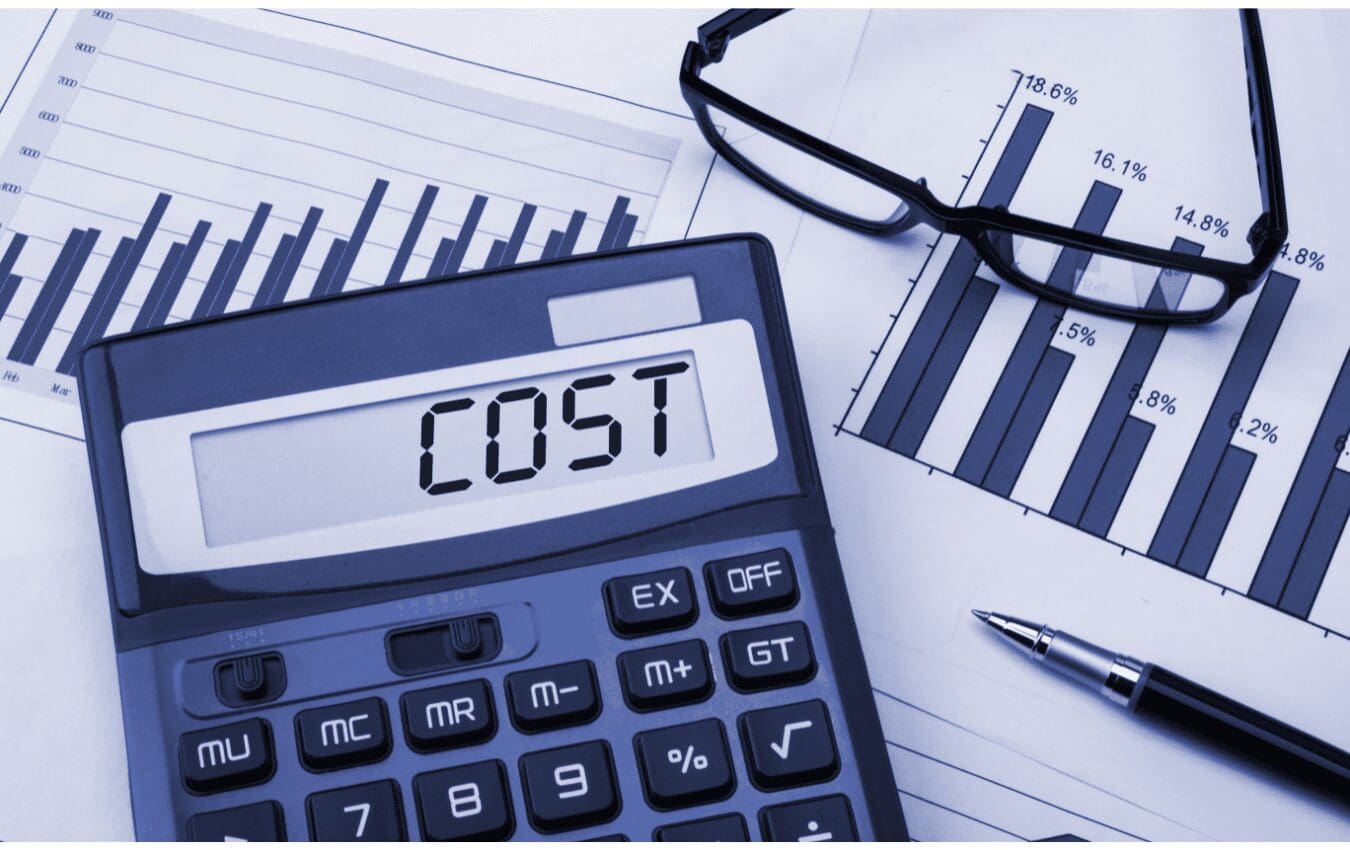
Selecting the Perfect Packaging Type
The packaging type you choose should harmonize with your product and brand image. Whether it’s boxes, bags, labels, sleeves, or a unique hybrid, your selection should be guided by factors such as product size, shape, and fragility.
Choosing the Right Material
Material selection is a critical decision. Options range from cardboard, corrugated board, and plastic to eco-friendly choices like recycled paper and biodegradable plastics. Your material should align with both your brand’s sustainability goals and your product’s protection needs.
Crafting the Perfect Design
Design is the heartbeat of custom packaging. Focus on these design elements to create packaging that captivates:
- Graphic Design: Craft visually stunning designs that echo your brand’s essence.
- Color Palette: Select colors that resonate with your brand and evoke the desired emotions.
- Typography: Choose legible fonts that align with your brand’s style.
- Imagery: Incorporate high-quality images or illustrations that enhance your packaging’s visual appeal.
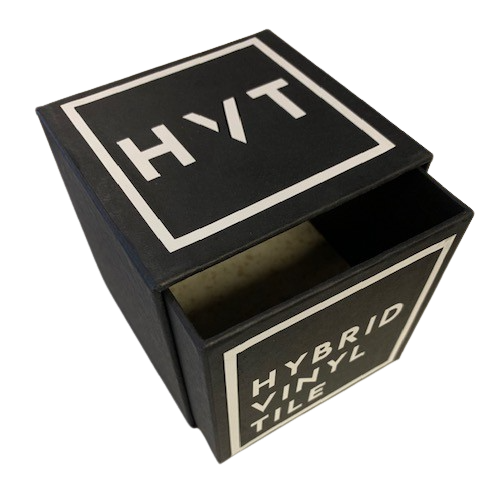
Choosing the Right Printing Technique
Select the printing technique that brings your design vision to life. Options include digital printing, offset printing, and flexography, each offering various levels of quality and cost. Pick the technique that best suits your design vision and budget.
Harnessing Personalization
Tap into the power of personalization by adding unique elements to your packaging, such as variable data printing or exclusive QR codes. Personal touches enhance the customer experience and forge a deeper connection with your brand.
Navigating Compliance and Regulations
Ensure your custom packaging adheres to all relevant regulations, encompassing labeling requirements, safety standards, and environmental mandates. Compliance safeguards your brand’s reputation and ensures legal compliance.
Embracing Sustainability
Make sustainability an integral part of your packaging strategy. Explore eco-friendly materials, include recycling instructions, and find ways to minimize packaging waste. Clearly communicate your commitment to sustainability on the packaging itself to resonate with environmentally conscious consumers.
Choosing the Right Packaging Supplier
Select a reputable packaging supplier with a proven track record. Conduct thorough research, request samples, and check references. Pay attention to lead times, shipping costs, and the quality of customer service when making your choice.
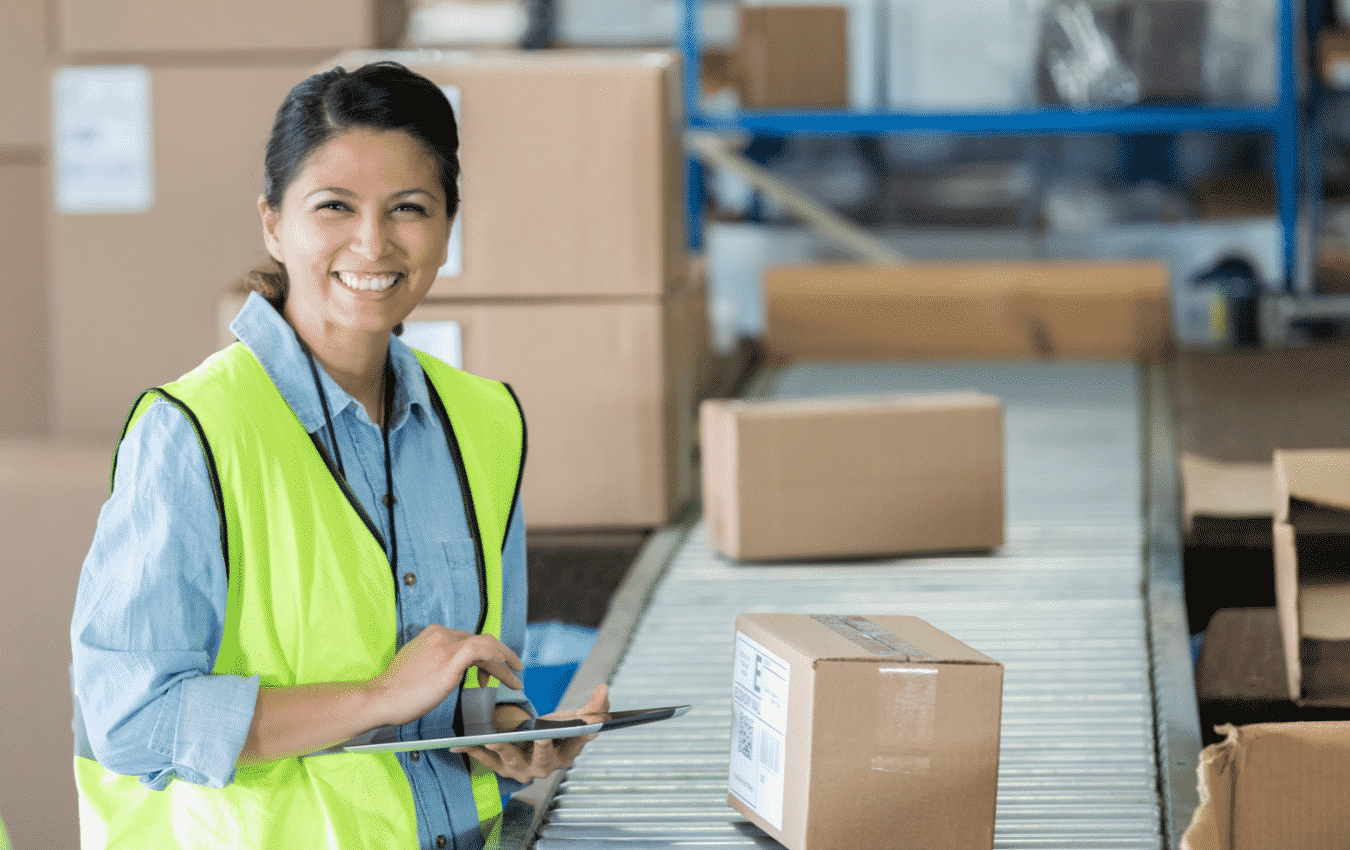
Prioritizing Quality Control
Implement a robust quality control process to guarantee your custom packaging meets your exacting standards. This entails meticulous checks for design precision, material quality, and print consistency.
Mastering Shipping and Distribution
Plan the logistics of shipping and distribution with care. Determine the most efficient packaging configuration for storage and transportation. Address any special handling requirements for fragile or perishable products.
If you are interested in custom packaging, then partner with Brown Packaging today to get started.
With new tariff proposals and continued trade uncertainty, 2026 is shaping up to be another pivotal year for packaging sourcing strategy. Many companies that shifted
Following multiple rounds of tariff changes and trade policy adjustments, 2026 marks a turning point for U.S. packaging buyers. Many who previously transitioned from China
Shifting packaging production from China to the U.S. can help stabilize costs, reduce tariff exposure, and shorten lead times. But the transition process requires careful
RSC boxes are known for their efficiency and versatility, but their performance ultimately comes down to strength. Buyers often see numbers like ECT, BCT, and
In packaging, foam isn’t just about initial protection — it’s about maintaining performance over the entire shipping or storage cycle. Compression set and recovery characteristics
Pouches are a go-to for flexibility and convenience, but they can fail in critical ways—from poor seals to punctures and delamination—that hurt performance and brand
Home » A Marketer’s Ultimate Guide to Custom Packaging
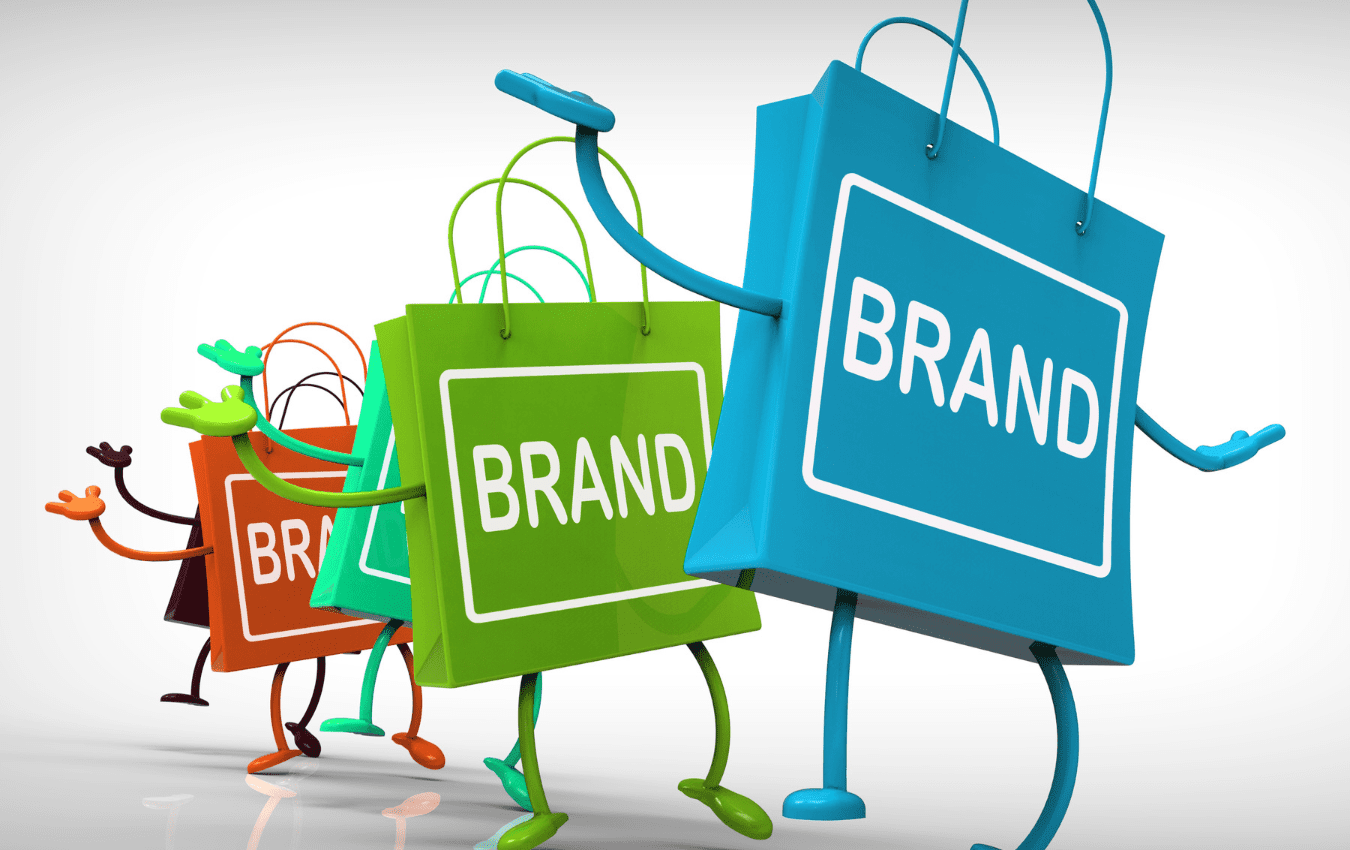
Custom packaging has become a popular trend in recent years, as businesses seek to differentiate themselves and make a lasting impression on their customers. The
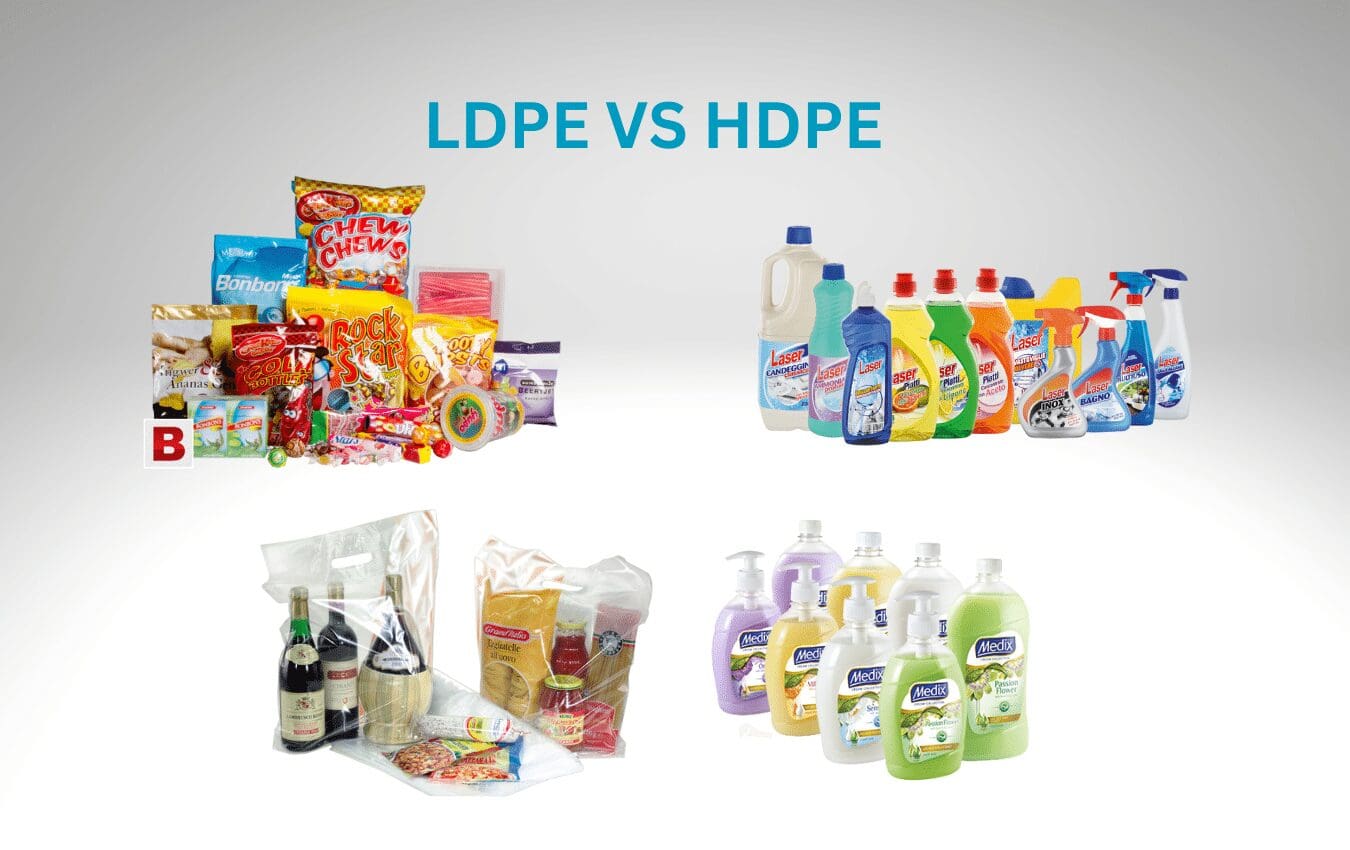
High density polyethylene (HDPE) and low-density polyethylene (LDPE) are both types of polyethylene, a thermoplastic polymer made from petroleum. The main difference between the two
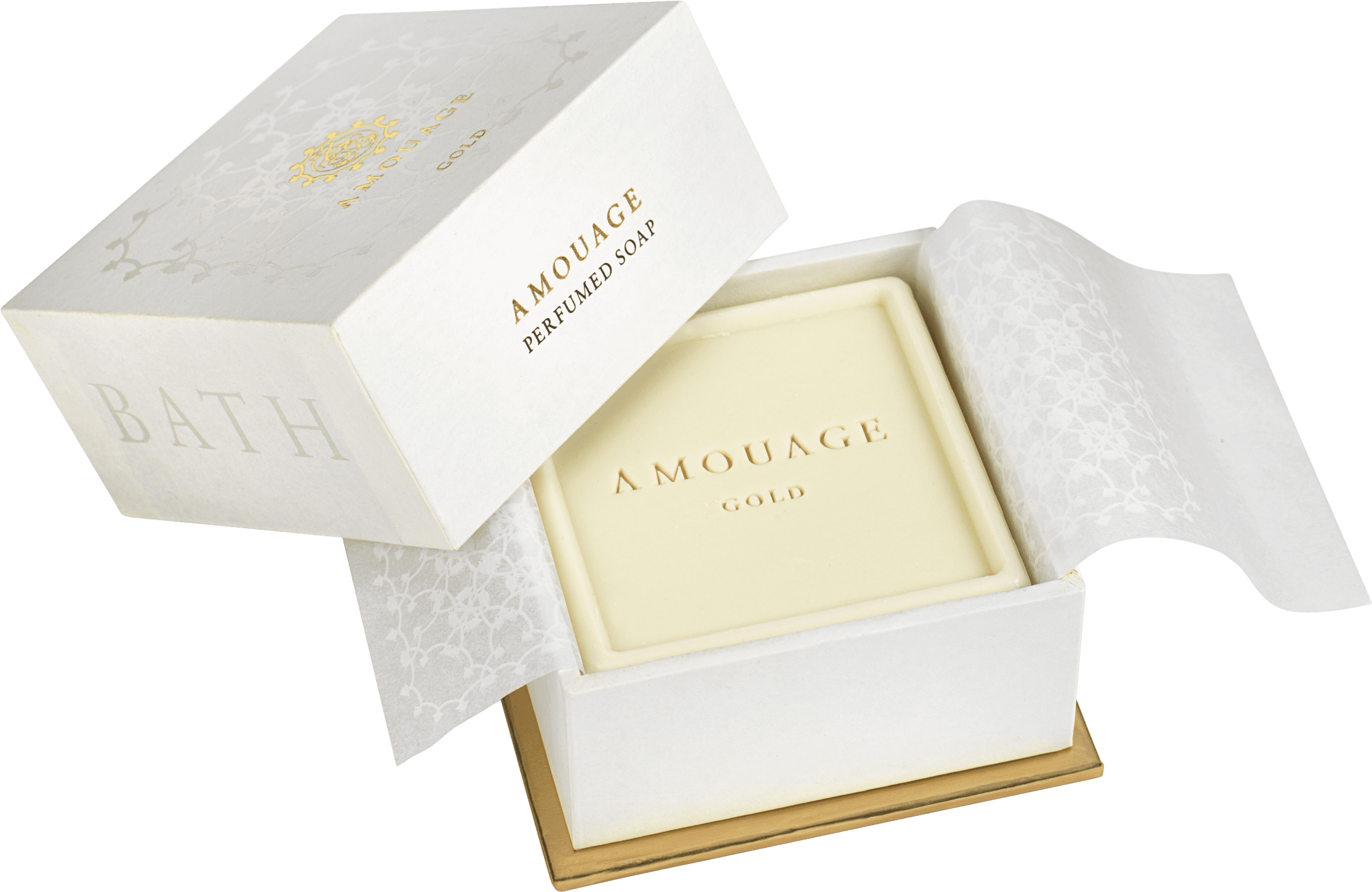
Rigid boxes are the premium standard in packaging—perfect for luxury products, high-end electronics, skincare, and gift sets. But creating a beautiful rigid box is only


